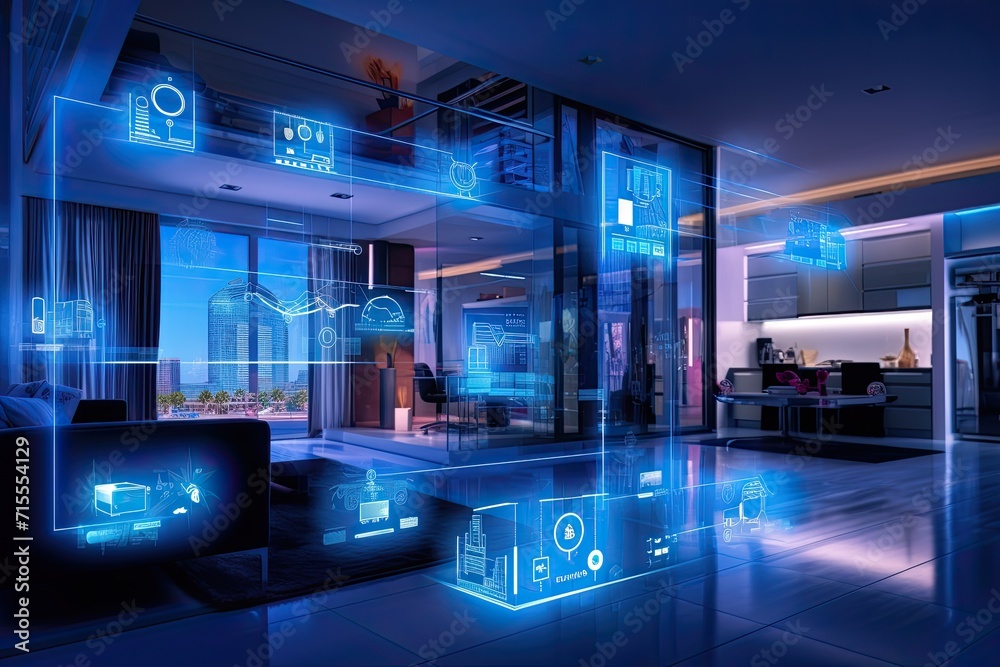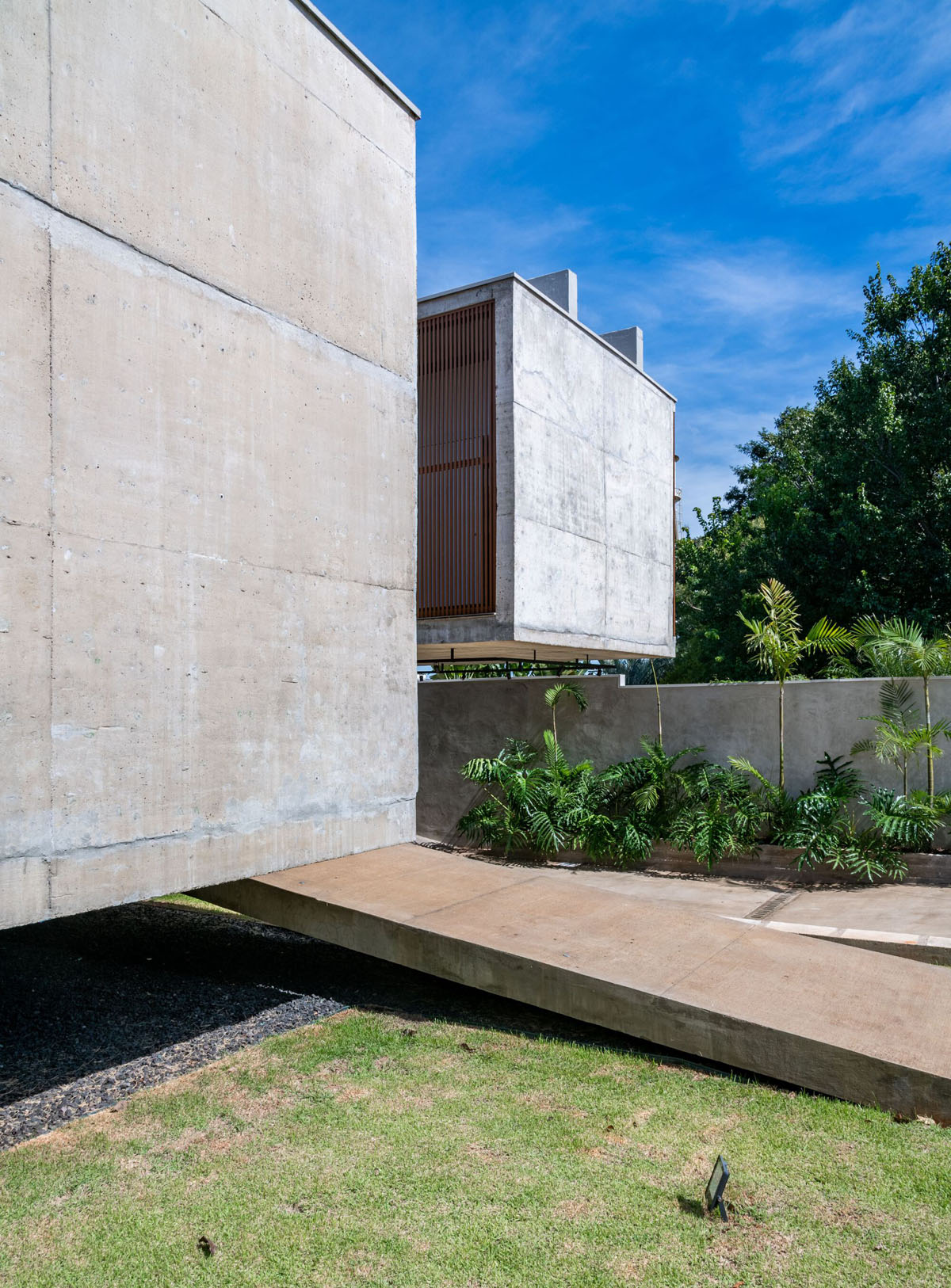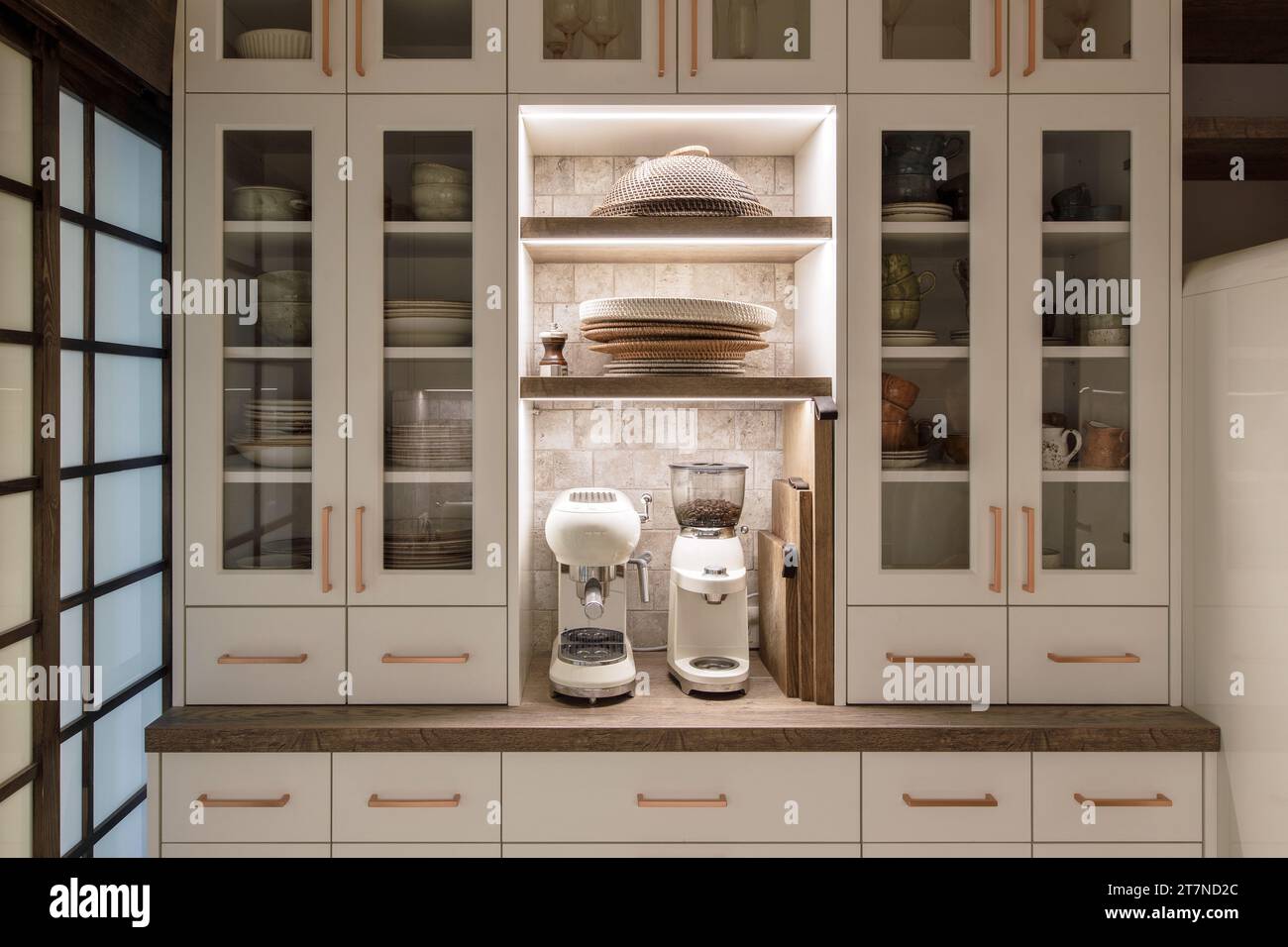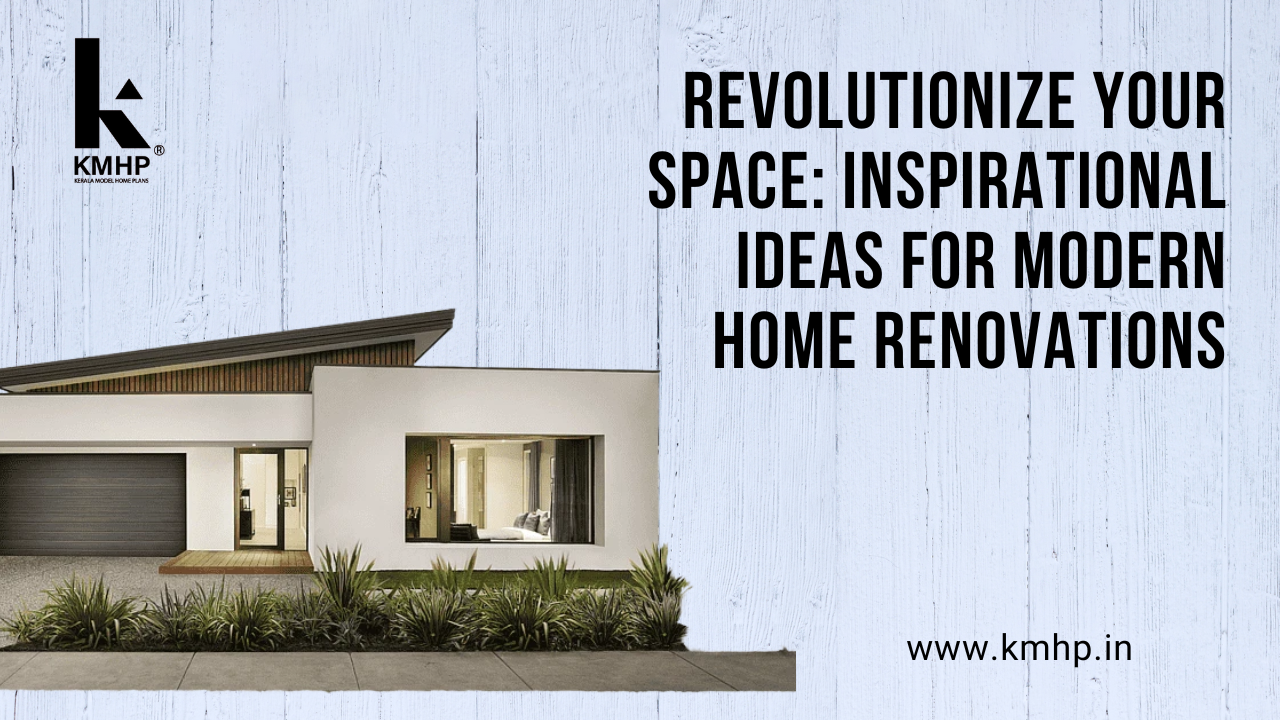Industrial Interior Style: A Beginner’s Guide
Are you looking to inject a raw, edgy, and undeniably cool aesthetic into your living space? Then you’ve come to the right place! At cartlab.web.id, we understand the allure of unique design styles, and the industrial interior style is a prime example of a trend that seamlessly blends functionality with a captivating visual appeal. This style, born from the repurposing of factory spaces into stylish homes, has captivated homeowners and designers alike with its unique blend of rustic charm and modern sophistication. It’s a style that celebrates exposed elements, raw materials, and a sense of history, creating spaces that are both inviting and remarkably stylish.
This guide will delve into the core principles of the industrial interior style, providing you with a comprehensive understanding of its key characteristics, essential elements, and how to successfully incorporate this trend into your own home, regardless of its size or existing design. Whether you’re a seasoned design enthusiast or a complete beginner, this article will equip you with the knowledge and inspiration needed to create a truly captivating industrial-style space. We’ll explore everything from selecting the right materials and furniture to incorporating the perfect lighting and accessories to achieve that authentic, industrial look.
Prepare to be inspired as we journey through the world of industrial interior design, uncovering the secrets to transforming your home into a haven of urban chic. Let’s get started!

Understanding the Foundations of Industrial Interior Style

The industrial interior style draws inspiration from the raw, functional aesthetics of old factories, warehouses, and industrial spaces. It’s a style that embraces imperfection, celebrating the inherent beauty of aged materials and exposed structures. Key elements include:
- Exposed Brick: A hallmark of the style, exposed brick walls add texture, warmth, and a sense of history. Whether left in their natural state or painted a contrasting color, they instantly inject character into a space.
- Metal Accents: Steel, iron, and other metals are essential components. Think exposed pipes, metal shelving, and industrial-style lighting fixtures. These elements add a rugged, utilitarian touch.
- Raw Wood: Reclaimed wood, with its natural imperfections and variations in color and texture, contributes to the authentic industrial feel. Wooden beams, flooring, and furniture pieces are all excellent choices.
- Neutral Color Palette: A muted color palette, often featuring shades of gray, brown, black, and white, provides a neutral backdrop that allows the industrial elements to take center stage. Pops of color can be introduced through accessories and textiles.
- High Ceilings & Open Spaces: While not always achievable, high ceilings and open floor plans enhance the spaciousness and airy feel often associated with converted industrial buildings.
Choosing the Right Furniture for an Industrial Space

Furniture selection is crucial in achieving the right balance in an industrial interior style. Prioritize pieces that are both functional and aesthetically pleasing, reflecting the style’s utilitarian roots. Consider these options:
- Metal Furniture: Metal chairs, tables, and shelving units are quintessential industrial pieces. Look for pieces with a distressed or aged finish for a more authentic look.
- Reclaimed Wood Furniture: Coffee tables, sideboards, and even dining tables made from reclaimed wood add warmth and character. The unique grain and texture of reclaimed wood perfectly complement the metal accents.
- Leather Upholstery: Leather sofas, armchairs, and ottomans add a touch of luxury and durability. Choose leather in neutral tones like brown or black to maintain the overall color palette.
- Industrial-Style Lighting: Pendant lights with exposed bulbs, metal shades, and Edison bulbs are essential. These fixtures add both ambiance and a distinct industrial touch.
Incorporating Lighting and Accessories

Lighting plays a vital role in setting the mood and highlighting the key features of your industrial interior style space. Here’s how to get it right:
- Pendant Lighting: Use pendant lights above dining tables or kitchen islands to create focal points. Choose fixtures with exposed bulbs or metal shades.
- Track Lighting: Track lighting is perfect for highlighting artwork or specific areas within the room. Its adjustable nature allows for flexibility in lighting design.
- Floor Lamps: Industrial-style floor lamps with metal bases and adjustable arms provide task lighting and add to the overall aesthetic.
- Accessories: Incorporate accessories like vintage clocks, metal containers, industrial-style wall art, and exposed pipes to add character and texture.
Mastering the Color Palette and Textures in Industrial Design

The color palette in an industrial interior style is typically characterized by a muted and neutral base, allowing the textures and raw materials to truly shine. Think:
- Neutral Base: Grays, browns, blacks, and whites are the foundation of this style. These colors create a sense of spaciousness and allow the other elements to stand out.
- Accents of Color: Introduce pops of color strategically, perhaps through textiles like cushions or rugs, or artwork. Avoid overly bright or saturated colors, opting for muted shades that complement the overall aesthetic.
- Texture Play: The contrast between the smooth surfaces of metal and the rough texture of exposed brick or reclaimed wood is a crucial element. Incorporate different textures through materials such as leather, concrete, and woven fabrics. This layered approach adds depth and visual interest.
Creating a Cohesive Industrial Look: Putting it All Together

Now that you understand the individual components, let’s discuss how to bring them together harmoniously. Consider these tips:
- Balance is Key: While embracing the raw and unfinished aspects of the style, avoid making the space feel too cold or stark. Introduce warmth through textiles, wooden elements, and strategically placed lighting.
- Layer Textures and Materials: Mix and match different materials and textures to create a visually interesting space. The interplay of metal, wood, brick, and leather adds depth and character.
- Don’t Overdo It: While embracing the industrial aesthetic, avoid overwhelming the space with too many elements. Curate your choices carefully to ensure a cohesive and stylish outcome. A minimalist approach, focusing on quality pieces rather than quantity, often works best.
- Personalize Your Space: Infuse your personality into the design. Add personal touches through artwork, photographs, or unique accessories that reflect your individual style.
For those seeking a more luxurious take on the industrial aesthetic, you might find inspiration in our article on Luxury Interior Design: Crafting Exquisite Living Spaces at cartlab.web.id/luxury-interior-design-crafting-exquisite-living-spaces. This style allows for an interesting juxtaposition of raw and refined elements.
In conclusion, the industrial interior style offers a unique and versatile approach to home design. By carefully selecting materials, furniture, and accessories, you can create a space that is both stylish and functional. Remember to focus on balance, texture, and personal expression to achieve a truly captivating industrial-inspired home. For more detailed guidance and inspiration, visit our comprehensive guide: Industrial Interior Style: A Beginners Guide.








Comments